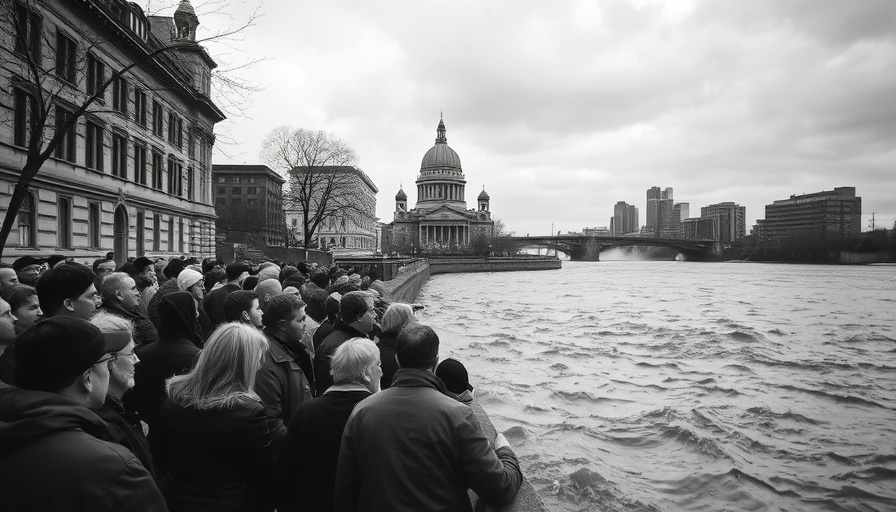
A Flood That Reshaped St. Paul: Lessons from 1965
In April 1965, St. Paul experienced its highest flood on record, with waters cresting at an astonishing 26.4 feet. While the damage was extensive, amounting to $225 million across the region and resulting in over a dozen deaths, the new flood defenses, completed only a year prior, spared much of the city from devastation.
Historical Context: The 1952 Flood Comparison
Just over a decade earlier, the city was still reeling from the catastrophic flood of 1952, which had caused more than $7 million in damages. This earlier disaster prepared the residents and city planners for the potential impacts of flooding, leading to the development of a comprehensive flood wall that would prove vital in 1965.
Political Response: Presidential Support
As floodwaters rose, President Lyndon Johnson flew to St. Paul to witness the devastation firsthand. His pledge of aid highlighted the federal government's role in disaster response and recovery, showcasing how significant this event was on a national scale. The visit also emphasized community resilience and the importance of federal support during times of crisis.
Community Impact and Resilience
While the flood affected various neighborhoods, particularly Lowertown and areas along Shepard Road, fewer than 100 families in Ramsey County required Red Cross assistance, indicating a strong community response. This resilience reflects a city that had learned from past experiences, working together to face adversity while leveraging improved infrastructure.
Looking Ahead: Modern Day Flood Preparedness
Fast forward to today, and St. Paul stands as an example of how proactive measures can mitigate disaster impact. The flood wall remains a crucial barrier against the Mississippi River, serving as a reminder of the events that shaped its design. The lessons learned from studies and community discussions about the 1965 flood are increasingly vital in the face of climate change and unpredictable weather patterns.
Understanding our past helps us prepare for future challenges. St. Paul’s experience is a testament to the power of community, infrastructure, and government support—essential elements as cities worldwide brace for the impacts of rising waters.
 Add Row
Add Row  Add
Add 




Write A Comment